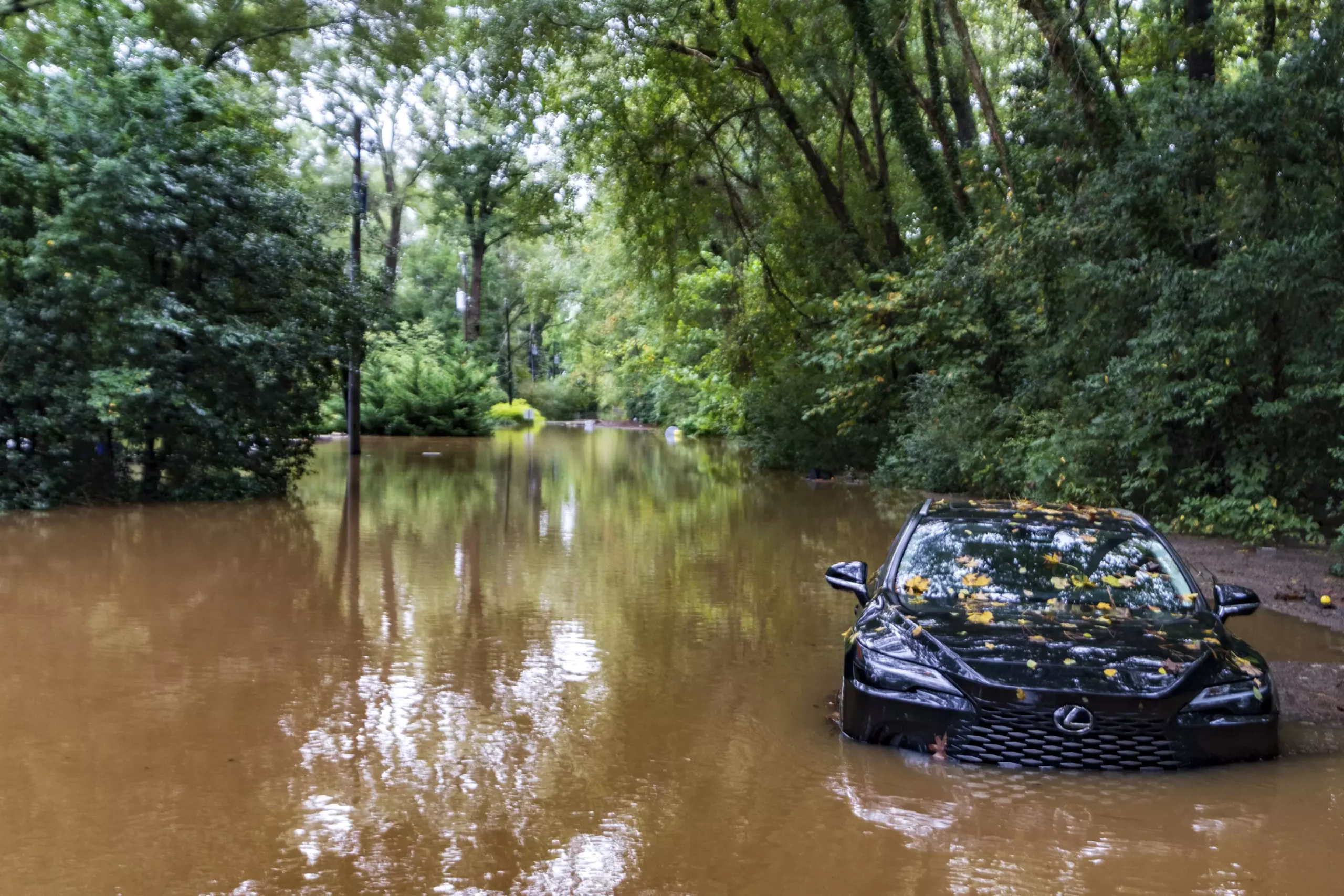In recent years, electric vehicles (EVs) have surged in popularity, offering drivers a cleaner alternative to traditional gasoline-powered cars. However, with their increasing prevalence, it’s critical to discuss the unique challenges these vehicles face during extreme weather events, particularly flooding caused by hurricanes. As storms like Hurricane Helene threaten significant coastal regions, state officials and experts emphasize the necessity of precautionary measures to mitigate potential fire hazards associated with saltwater exposure.
Electric vehicles can be at risk of ignition when exposed to saltwater, particularly during powerful storms. Florida residents, in anticipation of Hurricane Helene, have been urged by Governor Ron DeSantis to move their vehicles to higher ground to prevent inundation. While instances of EV fires due to flooding are not exceedingly common, there have been substantial cases, especially in hurricane-prone areas. Notably, reports indicate that the salts within seawater can bridge electrical connections within lithium-ion battery systems, leading to short circuits and subsequent fires.
Understanding the mechanics at play is crucial. Saltwater’s unique properties allow it to conduct electricity efficiently, which can create dangerous conditions within an EV’s battery. Experts like Tom Barth from the National Transportation Safety Board (NTSB) emphasize that when saltwater infiltrates the battery pack, it can instigate a thermal runaway: a catastrophic event where the heat generated from one battery cell spreads to neighboring cells, potentially leading to combustion.
The best preventative measure against potential fire hazards stemming from hurricanes is to ensure EVs are kept away from areas vulnerable to flooding. Tesla and other prominent manufacturers recommend towing vehicles at least 50 feet away from structures if submerged to minimize damage and prevent fire risks until expert inspection is possible.
Recognition of these risks leads us to the need for preparedness ahead of outages. Just as drivers are advised to maintain a full gas tank to avoid being stranded during blackouts, EV owners ought to keep their batteries charged. However, during extensive power outages, charging stations may also be unavailable, posing a unique challenge for highway travel and mobility. In such scenarios, understanding your vehicle’s range and monitoring consumption is vital to preventing unexpected anxiety during trips.
Historical data paints a troubling picture. During Hurricane Ian, an estimated 5,000 electric vehicles suffered battery compromise, with 36 fires arising post-storm. Hurricane Idalia also resulted in multiple EV fires, albeit it was less severe than its predecessor. Such events have heightened awareness, leading to better preparation among residents. For instance, more EV owners moved their cars to higher ground in anticipation of negative impacts, a proactive approach that may have reduced the risk of fire incidents during Hurricane Idalia.
The direct correlation between saltwater exposure and EV fires hasn’t been observed in freshwater flooding, as seen in various parts of California following heavy rainfall. This distinction indicates that the saline component of storm surges plays a significant role in the electrical risks faced by electric vehicles, underscoring the specific vulnerabilities these cars experience in coastal areas during storms.
Recognizing the growing concern, the National Highway Traffic Safety Administration (NHTSA) is conducting exhaustive research into this phenomenon, aiming to devise strategies to improve battery safety standards. Although car manufacturers have implemented protective measures to shield against moisture and short-circuit risks, incidents reveal that existing protections still need refining.
Future regulations may include updated safety requirements for EV batteries that prioritize advancements in materials and designs to minimize hazards posed by saltwater. Moreover, consistent evaluations of battery performance post-flooding will empower owners with actionable insights, significantly lowering the chances of unexpected ignition events days or weeks after storm waters have receded.
As electric vehicles continue to pave the way toward a sustainable transportation future, awareness and preparedness in the face of natural disasters must become paramount. Hurricane Helene serves as a pressing reminder of the inherent risks involved in owning an electric vehicle in coastal regions. By taking preventative steps and remaining informed about potential hazards associated with extreme weather conditions, owners can safeguard themselves, their vehicles, and their communities from the unintended consequences of water exposure amidst the chaos of a storm. It’s crucial for EV owners to understand the significance of proactive measures to navigate the intersections of emerging technology and environmental challenges safely.

